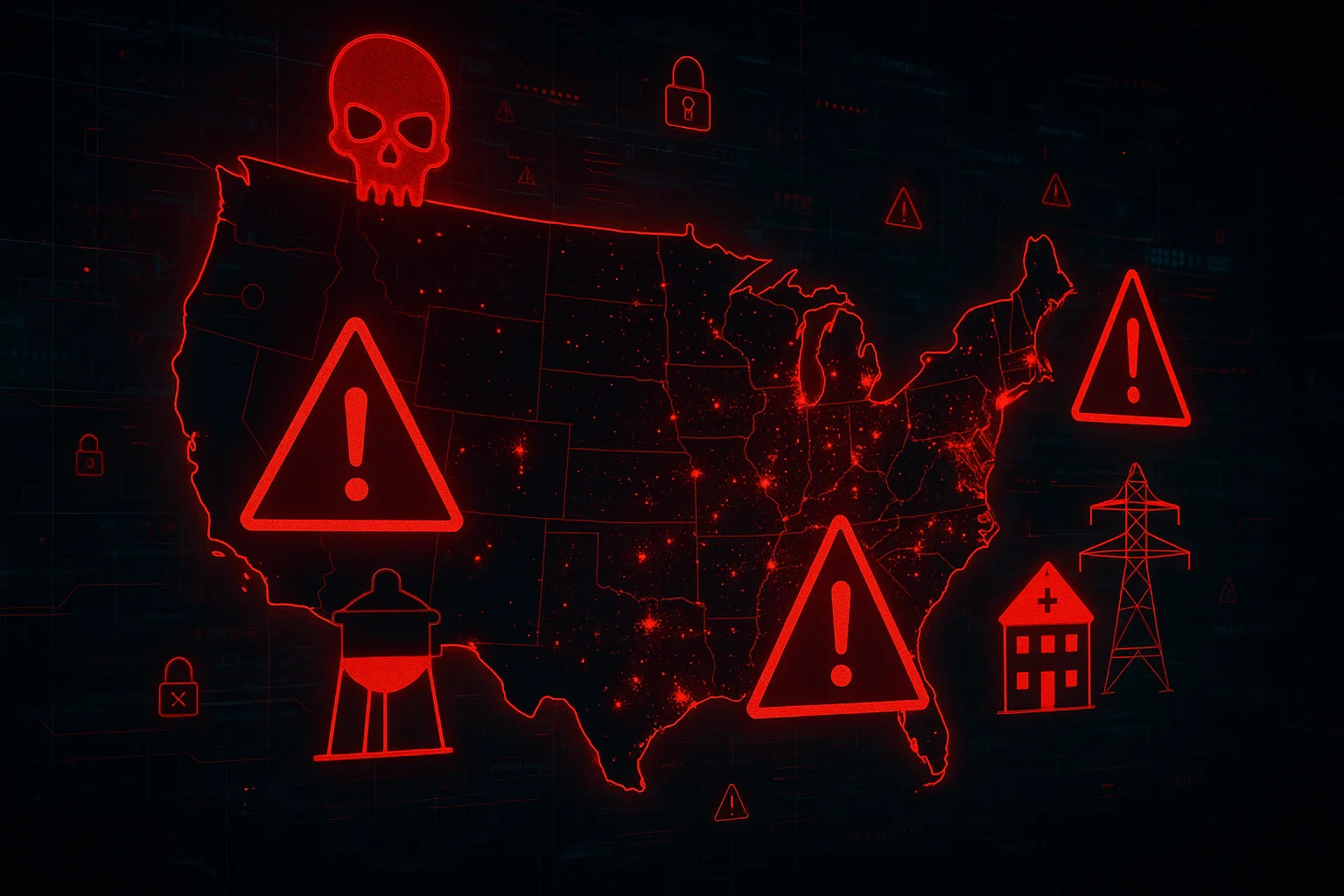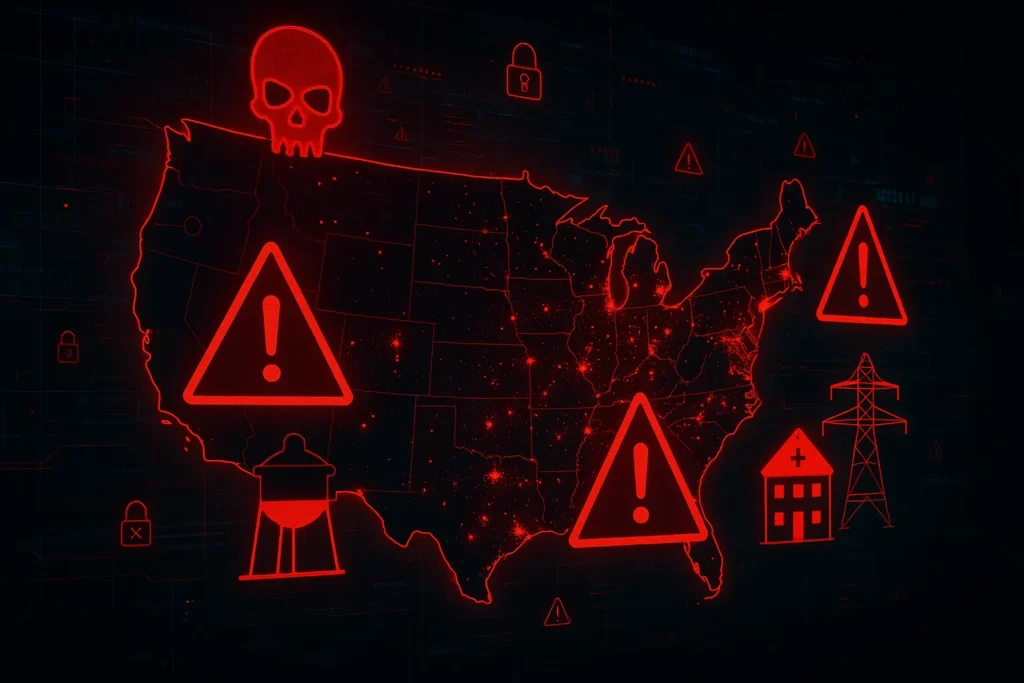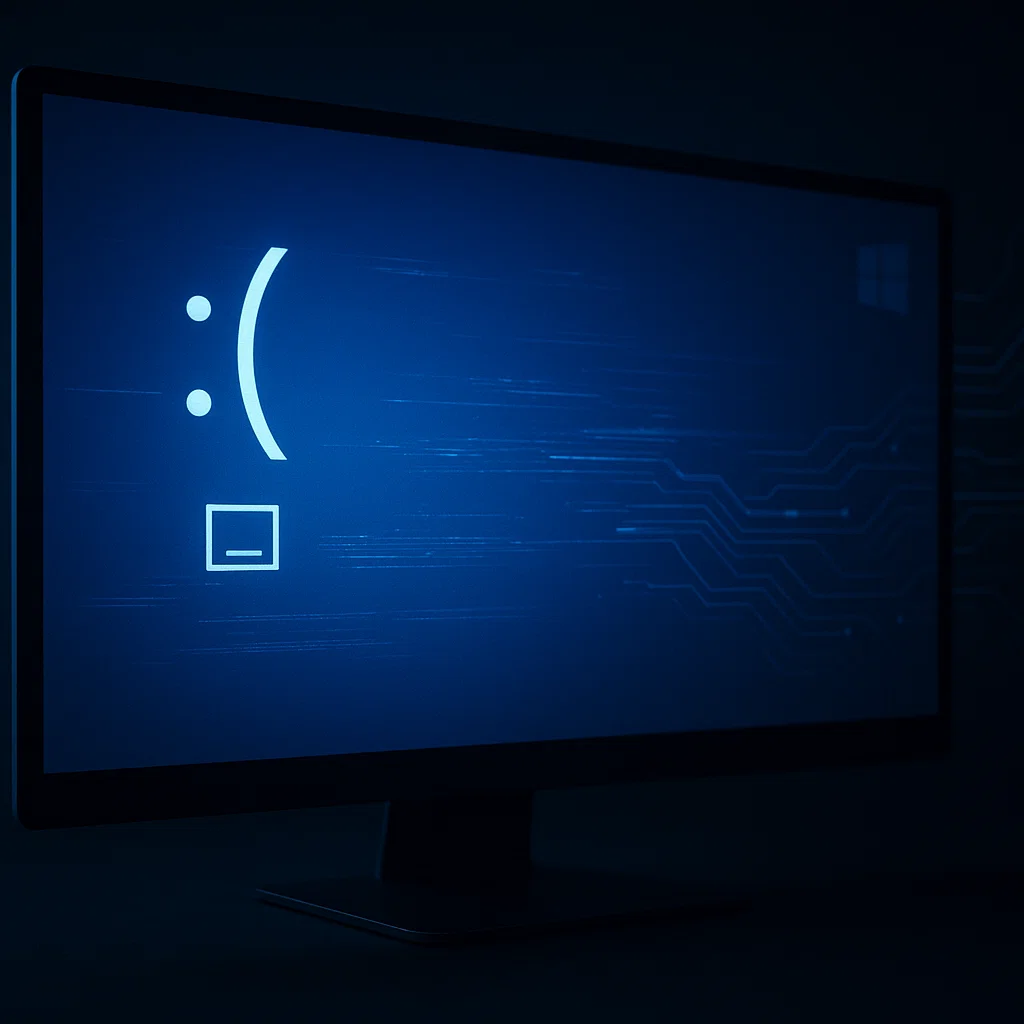In an age of growing global tensions and digital dependence, cybersecurity threats to critical infrastructure in the United States are rapidly intensifying. From water supply systems to energy grids and healthcare networks, the vulnerability of these essential services has become a national security concern.
Recent geopolitical events, such as the U.S. bombing of nuclear facilities in Iran, remind us that modern conflict doesn’t always begin with bullets or bombs—it often starts with bytes. As the world edges closer to hybrid warfare, a combination of traditional and cyber tactics, cybersecurity threats loom larger than ever.
The Growing Attack Surface
Our everyday lives depend on interconnected systems. Electricity powers hospitals, water treatment plants rely on digital monitoring, and healthcare networks store sensitive personal data. These systems, once isolated, are now deeply embedded in the internet, increasing their exposure to cybersecurity threats.
Joshua Corman, Executive in Residence for Public Safety & Resilience at the Institute for Security and Technology (IST), explains that in times of political conflict or international tension, these infrastructures are primary targets. “Hybrid warfare is the new norm,” says Corman in an interview with The Verge. “Critical systems are likely to be hit first to cause confusion and disruption.”
Water Systems at Risk
The nation’s water infrastructure is aging and largely underfunded. Most municipal water utilities operate on outdated systems, many of which lack proper encryption and cybersecurity frameworks. In 2021, a hacker attempted to poison the water supply in Oldsmar, Florida by remotely accessing the chemical control system. Although it was quickly detected and neutralized, it was a wake-up call to how real these cybersecurity threats are.
Imagine the chaos if a large metropolitan city were suddenly cut off from safe drinking water. The public health consequences would be enormous, and the ripple effects would paralyze emergency response systems.
Healthcare Under Attack
Hospitals have become a favorite target for cybercriminals. Why? Because healthcare systems store vast amounts of personal and financial data, making them valuable for ransomware attacks. In recent years, several large hospital networks have been brought to a standstill due to cybersecurity threats, resulting in canceled surgeries, delayed diagnoses, and even fatalities.
The healthcare industry also struggles with legacy software, weak passwords, and lack of cybersecurity training for staff. A single phishing email could bring down an entire hospital system, exposing patient records and disrupting critical care.
Energy Grids: High Stakes, High Risk
The Colonial Pipeline attack in 2021 demonstrated how vulnerable the U.S. energy sector truly is. That ransomware attack disrupted fuel supplies across the East Coast, causing widespread panic and gasoline shortages. With thousands of miles of pipelines and an expanding network of renewable energy sources, the sector presents multiple entry points for cybersecurity threats.
Smart grids and IoT-enabled devices help manage power consumption efficiently, but they also increase attack surfaces. If hackers infiltrate these systems, they could manipulate electricity flow, cause blackouts, or even damage physical infrastructure.
Why These Attacks Are Growing
The reasons are complex. State-sponsored actors, cyberterrorists, and organized cybercriminals are all active players. As technology becomes more advanced, so do the tools used by attackers. Artificial intelligence and machine learning are being used to find system weaknesses faster than human analysts can.
Moreover, the shift to remote work and cloud computing has led to new vulnerabilities. Organizations that fail to adapt their security measures are now facing cybersecurity threats that weren’t even possible five years ago.
The Government’s Response
The Biden administration has recognized the critical nature of this issue. Several executive orders and federal initiatives have aimed to strengthen cyber defenses, especially within infrastructure sectors. The Cybersecurity and Infrastructure Security Agency (CISA) has ramped up efforts to monitor threats, share intelligence, and enforce compliance.
However, experts warn that regulation alone won’t be enough. “We need a cultural shift,” says Corman. “Cybersecurity is no longer an IT issue—it’s a public safety issue.”
How to Strengthen Our Defenses
Here are a few key steps to mitigate cybersecurity threats across critical infrastructure:
-
Modernize Legacy Systems: Outdated tech must be replaced or patched to prevent exploitation.
-
Train the Workforce: Cybersecurity education for employees at all levels is crucial.
-
Segment Networks: Isolating key systems reduces the risk of total compromise.
-
Invest in AI Monitoring: Real-time threat detection powered by AI can offer rapid responses to intrusions.
-
Public-Private Collaboration: Government agencies and private sector operators must work together to build resilient networks.
Conclusion
Cybersecurity threats are not theoretical. They are real, growing, and capable of causing widespread harm. As geopolitical tensions continue to escalate, so does the risk to America’s water, health, and energy systems.
It’s no longer a question of if these systems will be attacked, but when. Only a proactive, united approach can safeguard the infrastructure that keeps the United States running.
Ethics of Artificial Intelligence: Navigating the Future Responsibly





